We stayed at an amazing property 3 and a half-hours north of Perth in mid-August, where the local flora did not disappoint. I must admit I found it quite difficult to plan my Western Australia wild flower trip and after many hours of internet research discovered Hi Vallee Farm. And no, I have not pushed any of the colours in these photos 😉 above and below you can see the famous Lechenaultia biloba.
Hi Vallee Farm is the home of Don and Joy Williams, initially purchased and run as a sheep farm Don and Joy quickly realised their property was extremely precious. In the image below you can see a storm coming in over the native reserve with the farm fields int he background.
Hi Vallee is located in Warradarge, Western Australia which is not far from Lesueur National Park. This area of Western Australia is known by the Noongar Aboriginal name Kwongan. Kwongan describes a natural bushland that is sandy, open and without timber-sized trees but with a scrubby vegetation. 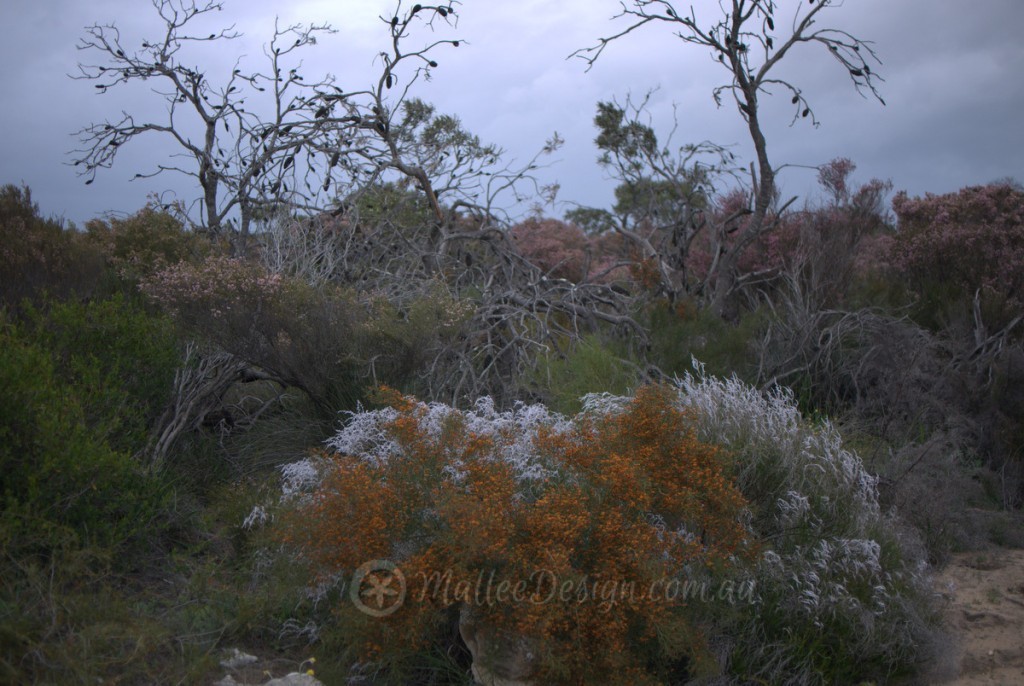
The Kwongan area is where the greatest biodiversity is found in WA, it is Australia’s only Bio-dioversity Hotspot, and it is very, very beautiful. There are at least 520 different plant species on the property and Don claims that it has the most diverse collection of species per m2 in the world.
Don and Joy run guided tours of their 400 hectare chunk of Kwongan bushland, I took many, many photos as everywhere you look there is another amazing plant species you have never seen before. Don took us out for 5 hours and I went out on my own for two other visits. We camped in the bottom paddock for 3 nights, well 2 actually as out tent was destroyed by a storm on the third day and we had to take shelter in the farm house.
In the image above you can see what I think is Petrophile pilostyla subsp. austrina, now I bought the field guide with high hopes of being able to identify all the plants in my photos. However some of these plants are very rare and if the photo in the field guide is taken at a different stage of flowering or age then well….I’m kind of stuffed…
As soon as you open the farm gate into the reserve you have an overwhelming feeling of ‘discovery’, everywhere you step there is some tiny revelation underfoot. I loved the tiny Anigozanthos humilis popping their heads up to catch the dew.
We spent most of the time crouched down low observing the miniature wildlife at our feet.
My son was fascinated by the Droseras and one of my favourite plants in this landscape was Drosera pallida.
Drosera pallida was in flower when we visited, what an amazing plant with its scrambling stems catching the insects and the sun. In the image below you can see Drosera pallidas prolific white flower heads and glowing carnivorous stems.
Hi Vallee is so named because there it a small hill with a valley set inside it almost crater like. The plants change rapidly on the property almost metre by metre as the soil changes. The soil is as diverse as the plants and is the cause of the high numbers of species present.
In the image above you can see Petrophile scabriuscula (I think), this is about .5 metres high as it is on the more sheltered side of the hill. The whole property is very exposed to wind and that is one of the reasons most of the plants are so low growing.
In the image above you can see how sandy the soil is, perfect for the local Balga or Xanthorrhoea sp.
Many of the Hakeas were out and all incredibly diverse in their own rite, I spent 2 days thinking this Hakea anadenia was a wattle!
Above you can see Hakea anadenia from a distance, and below Hakea eneabba, which looks like something a florist made up in their dreams 😉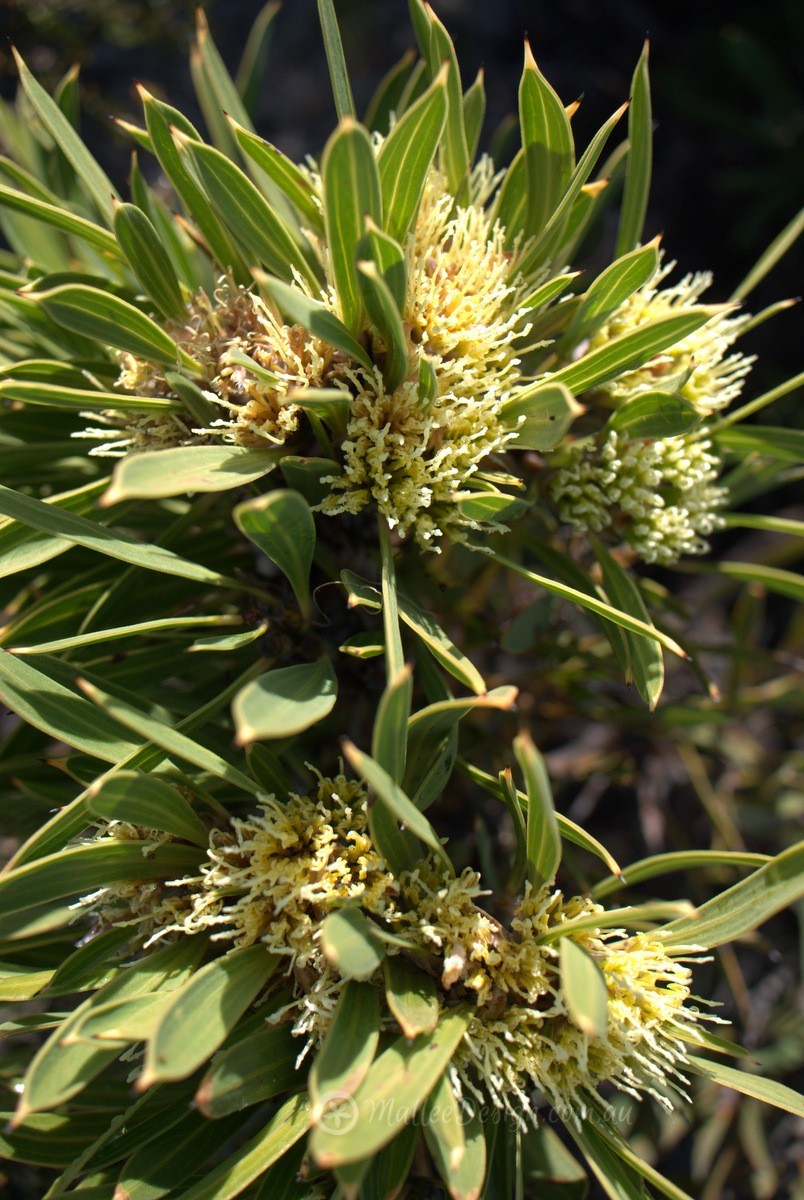
Then the lovely pink and grey of Hakea neurophylla.
Another gorgeous showy thing that Don wasn’t very excited about was Verticordia grandis, but I think its just because he’s spoilt for choice, its hard to believe that what I saw in mid-August was just a sliver of what grows on this property.
Visitors come to Hi Vallee year round as there is always plenty in flower, the property also attracts many over seas visitors especially botany students and reserachers.
I had missed most of the Banksias in flower that was more of an Autumn show, but there were some interesting seed heads and the Dryandras were out! 
I think the image below is of Dryandra nobilis subs. fragrans….
And the image below is of the same species at a different stage of flowering.
Up inside the valley I witnessed my first stand of Kingia australis, which was very exciting as I had only been introduced to them a few days before.
There is something of the Artichoke flower in these plants….
Kingia australis are not at all related to Xanthorrhoea sps. they have a soft trunk that bends and sways easily.
They are very slow growing like grass trees but do not even belong to the same family.
And yes, I am fascinated by them and couldn’t stop taking their photograph!
This is Calyrix leschenaultii and 2nd in fluorescent flowers only to the Lechenaultia biloba 😉
Isn’t it pretty with the Acacia applanata, but now the Acacia applanata should have a portrait of its own.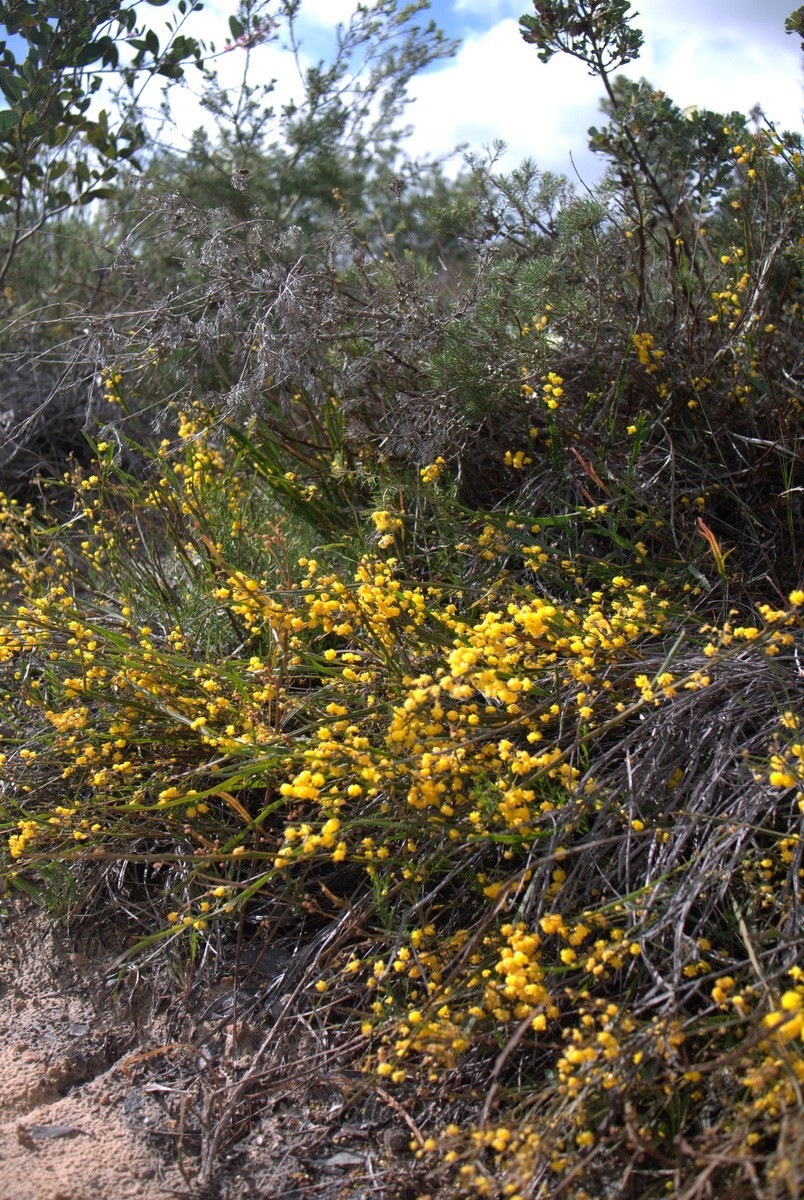
I think I really must wind this blog post up now, of course I have more images and of courser there was more to see there always will be but I will save it all for another time. I just wanted to share with you what a special place Hi Vallee farm is and if you are in the area you should make time to visit.
Last but not least Diplolaena eneabbensis 🙂

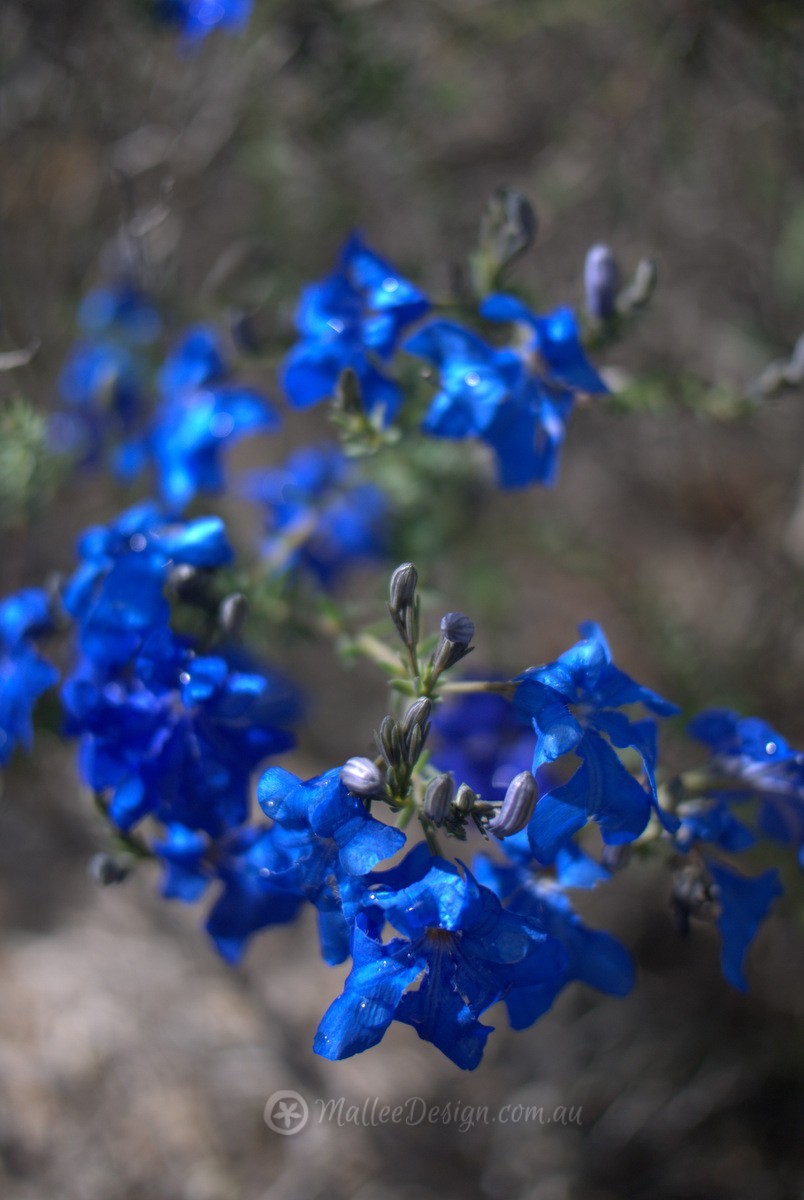
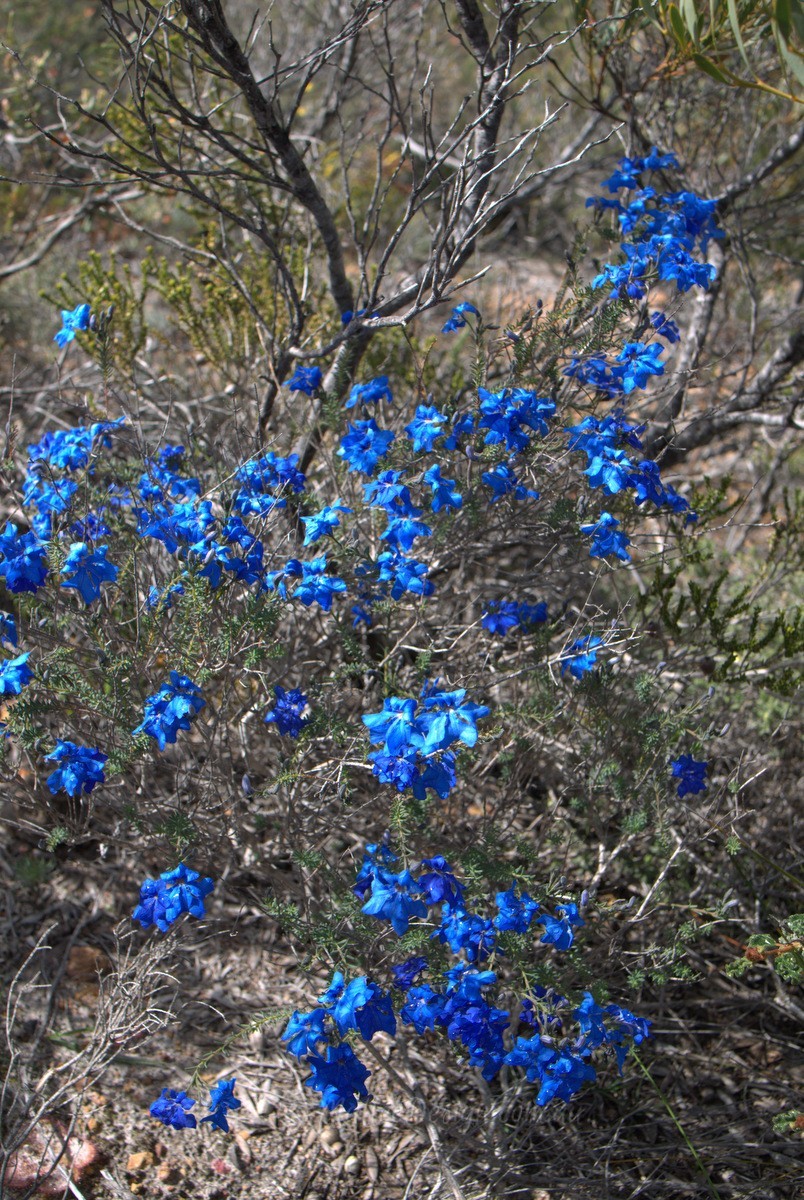
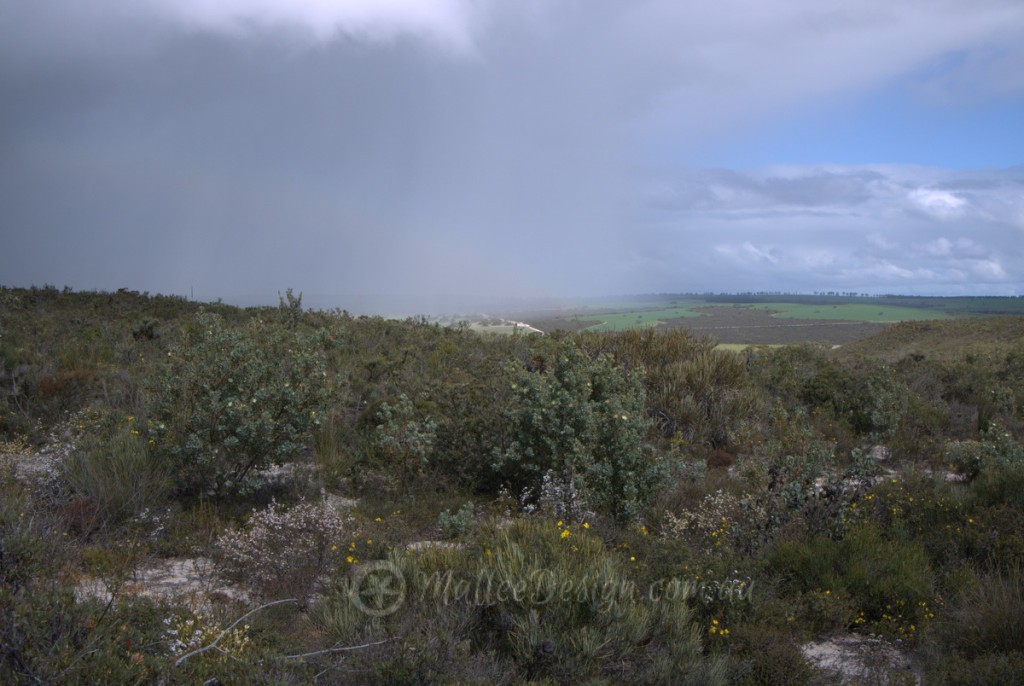


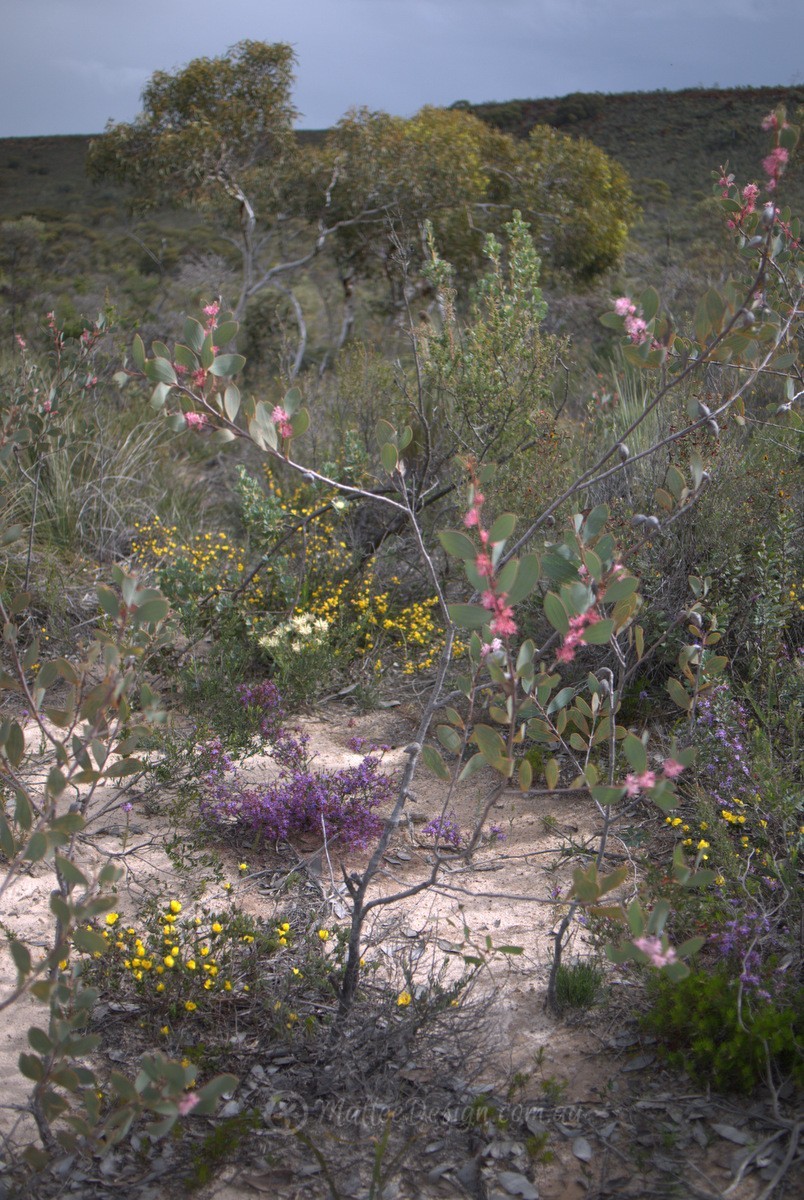
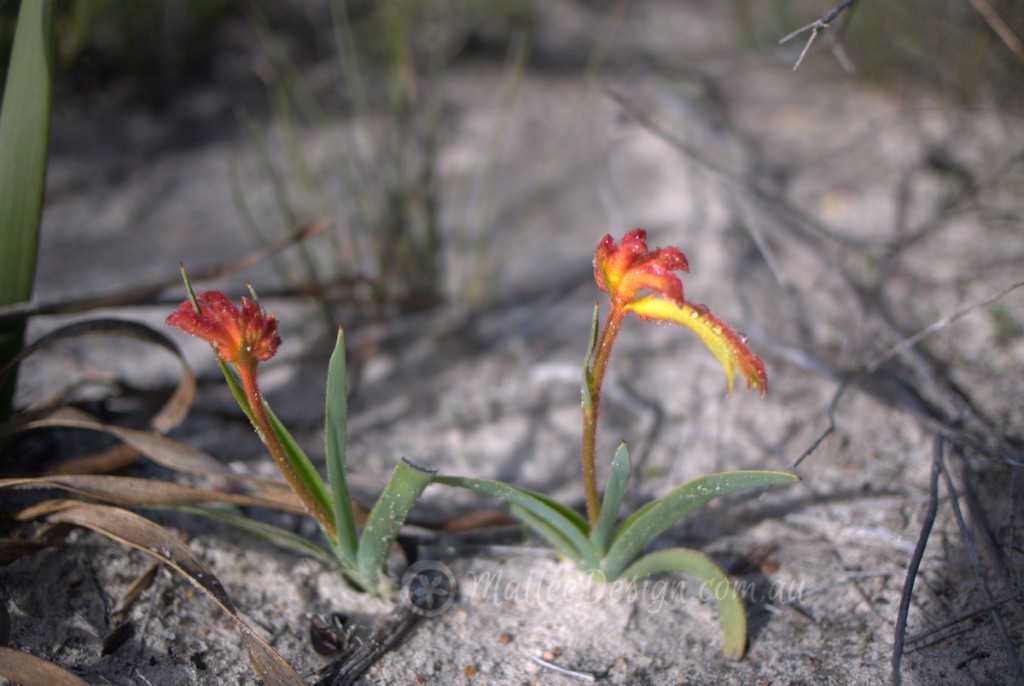
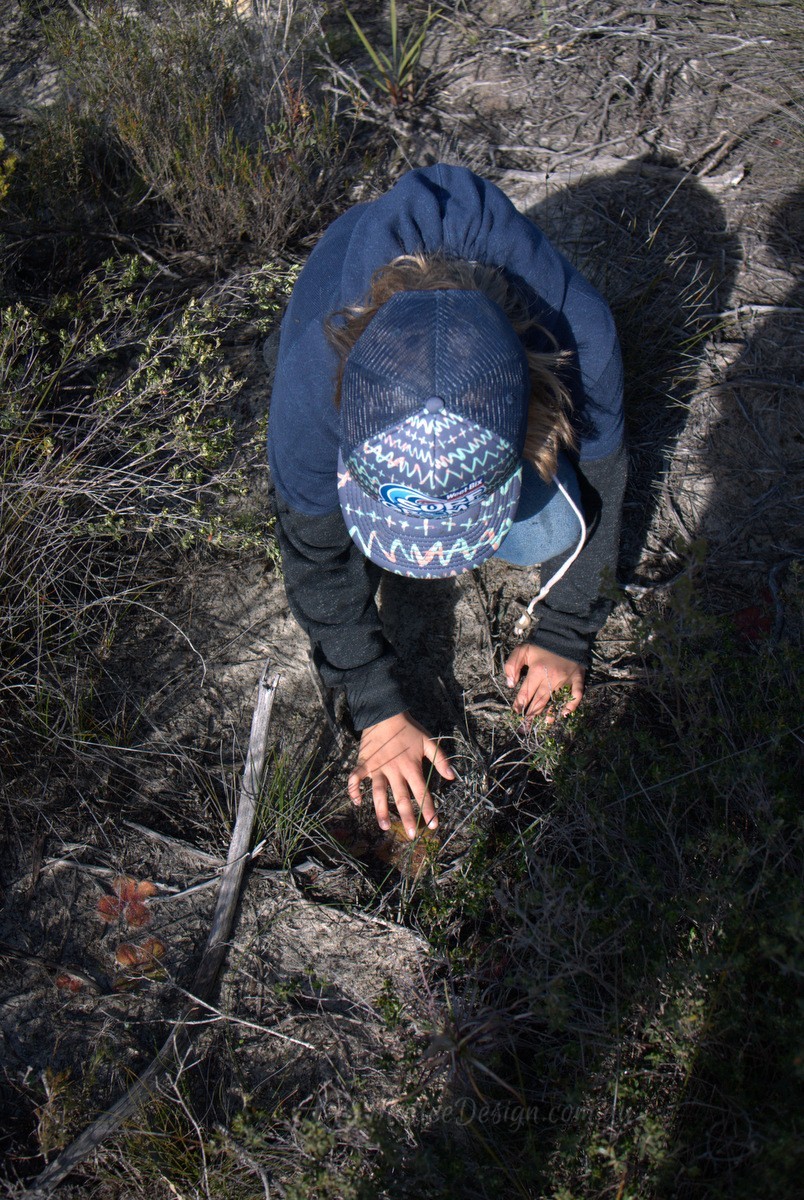
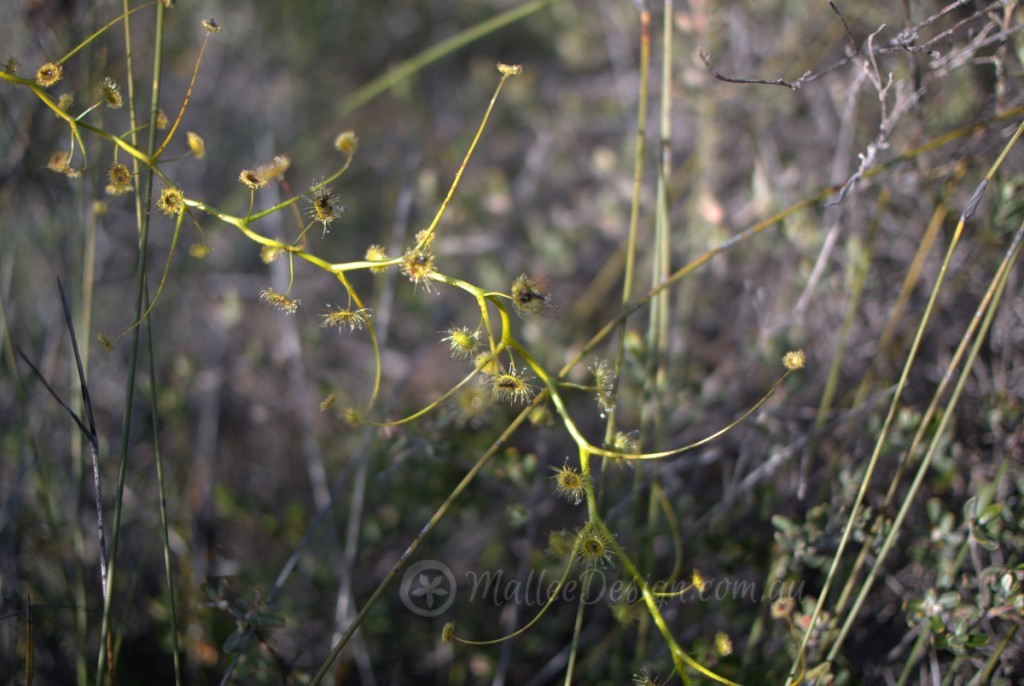
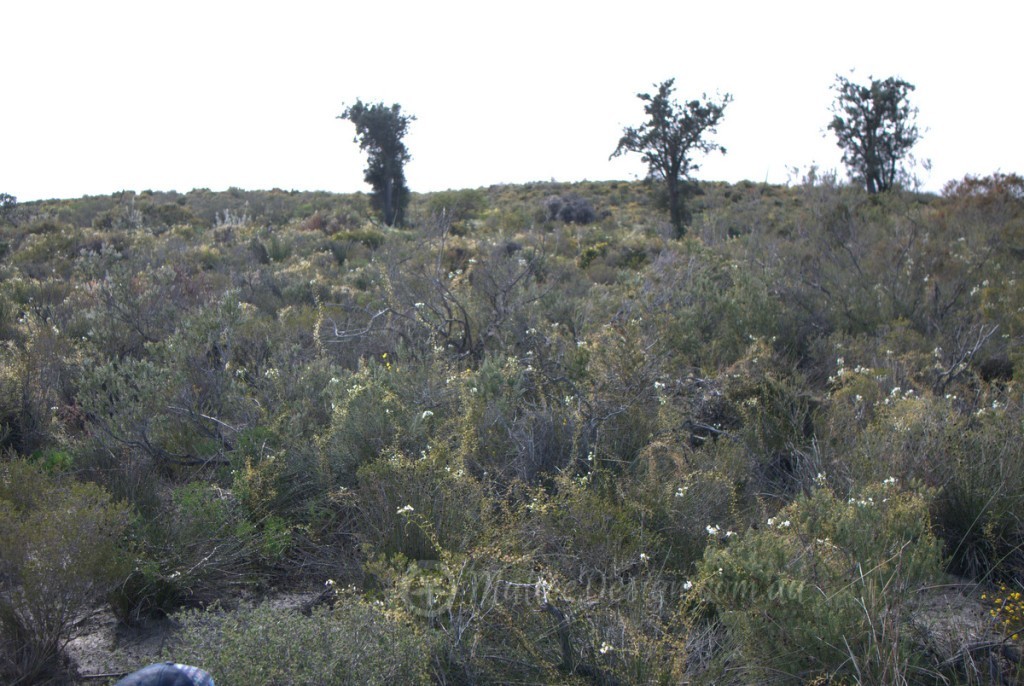

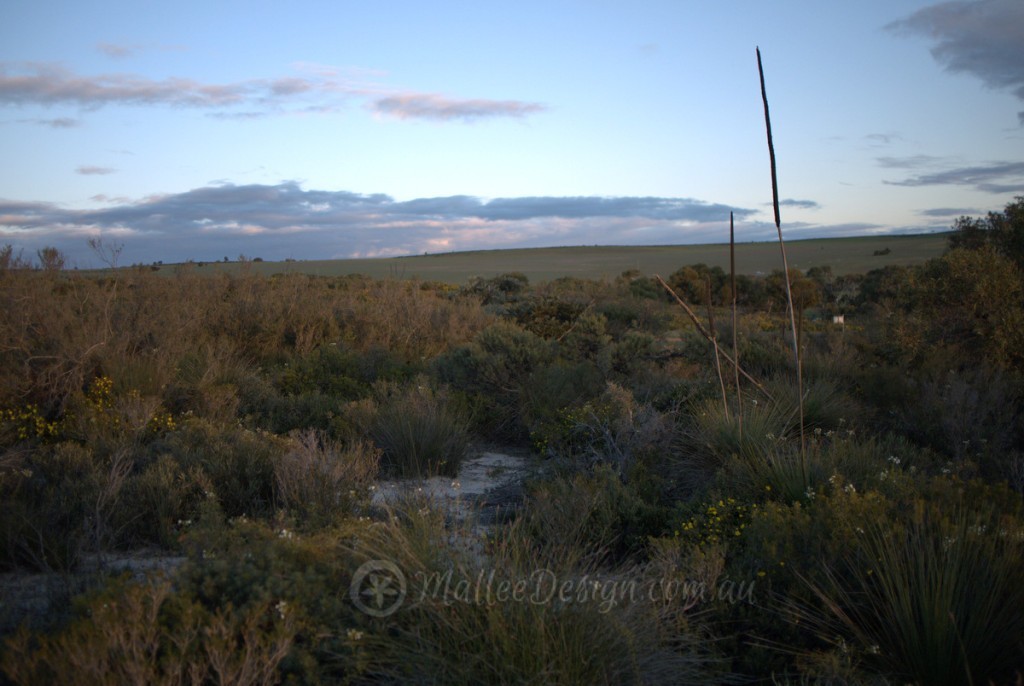
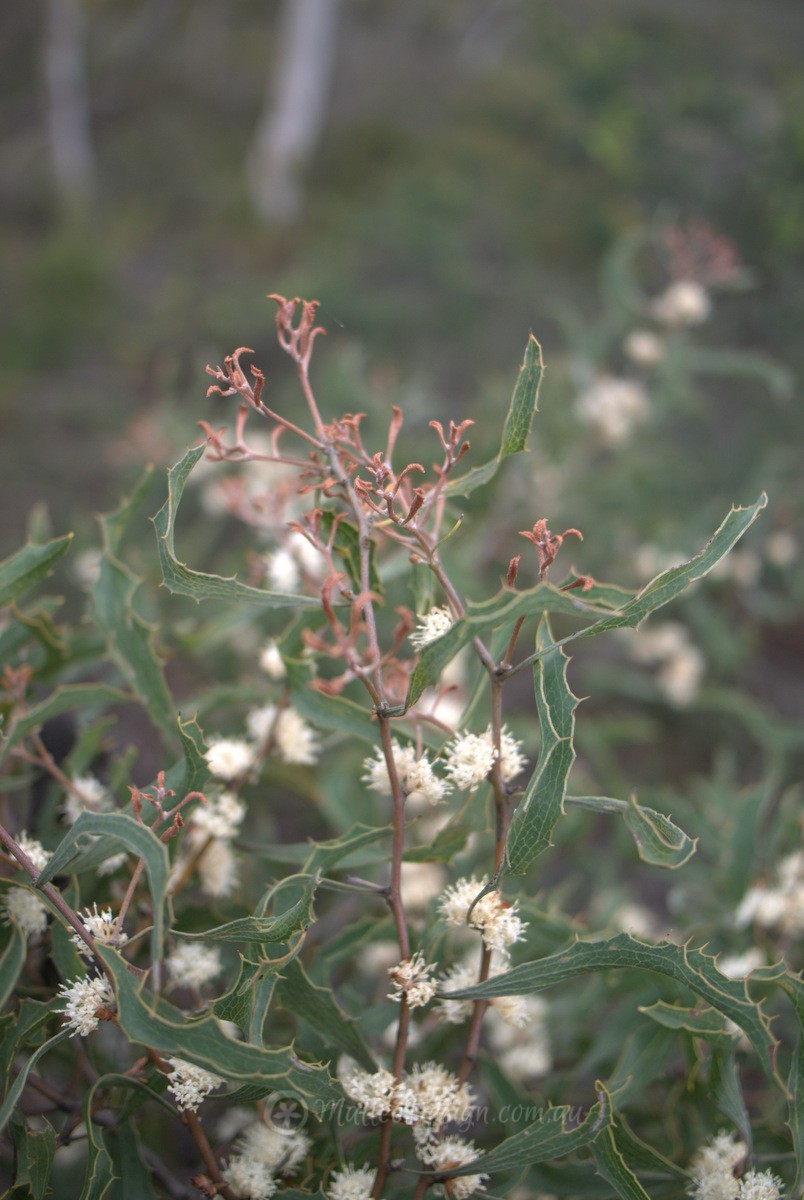

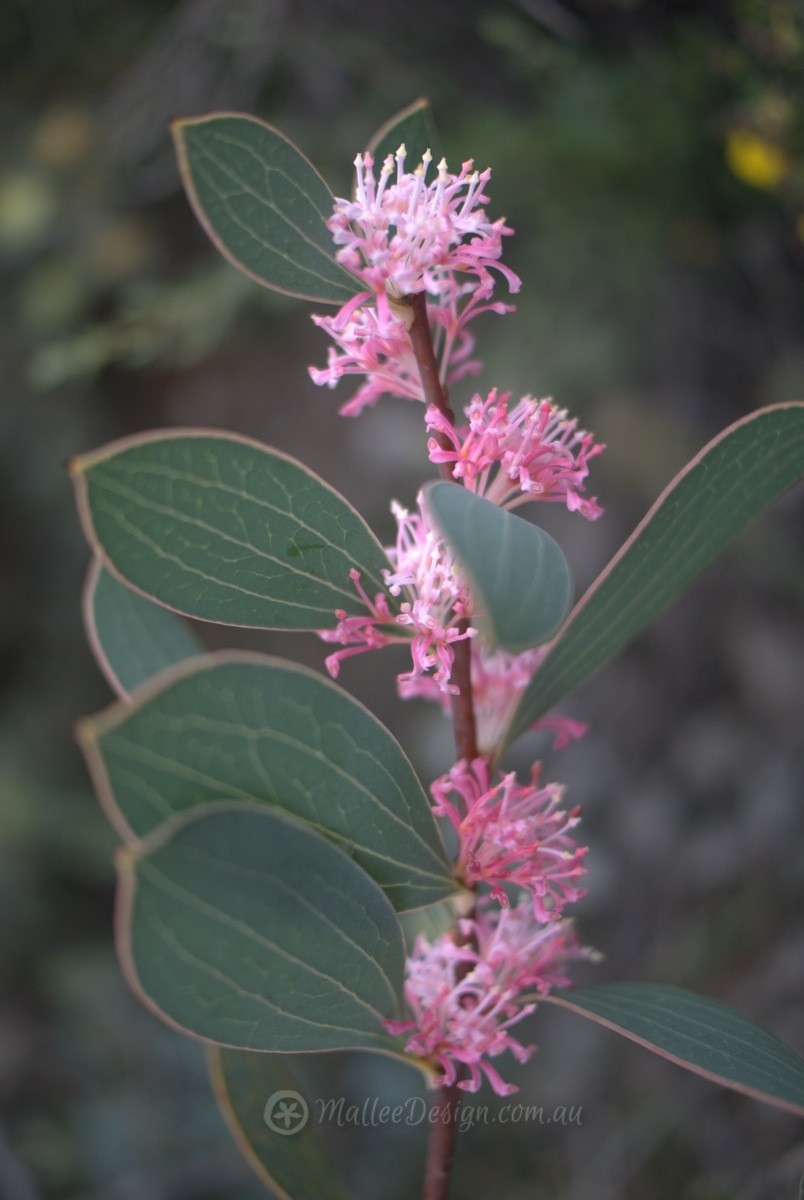
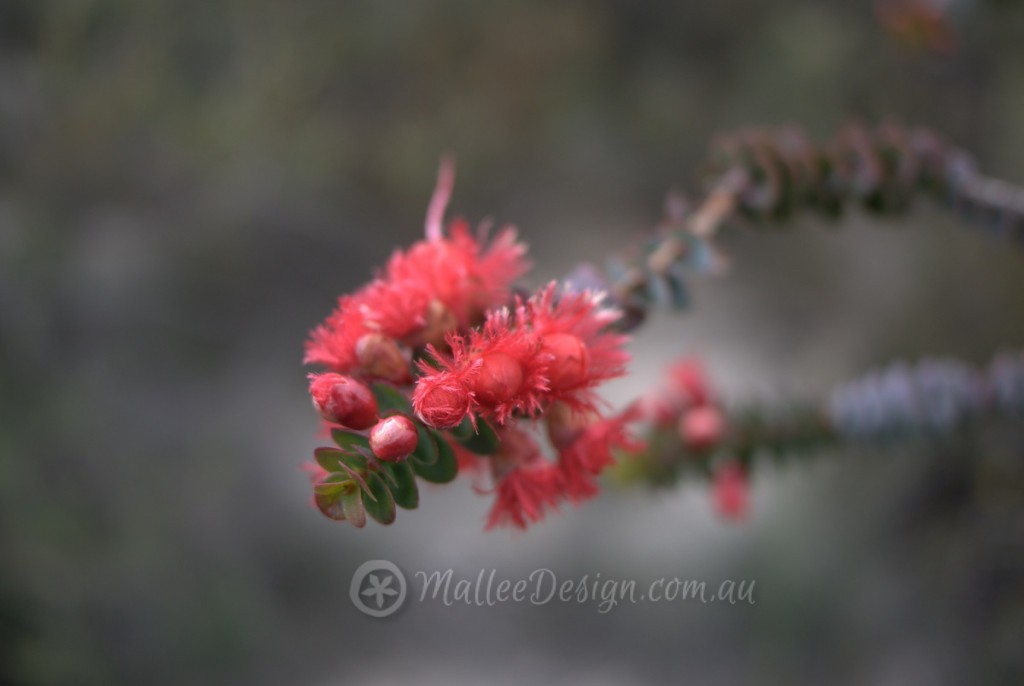
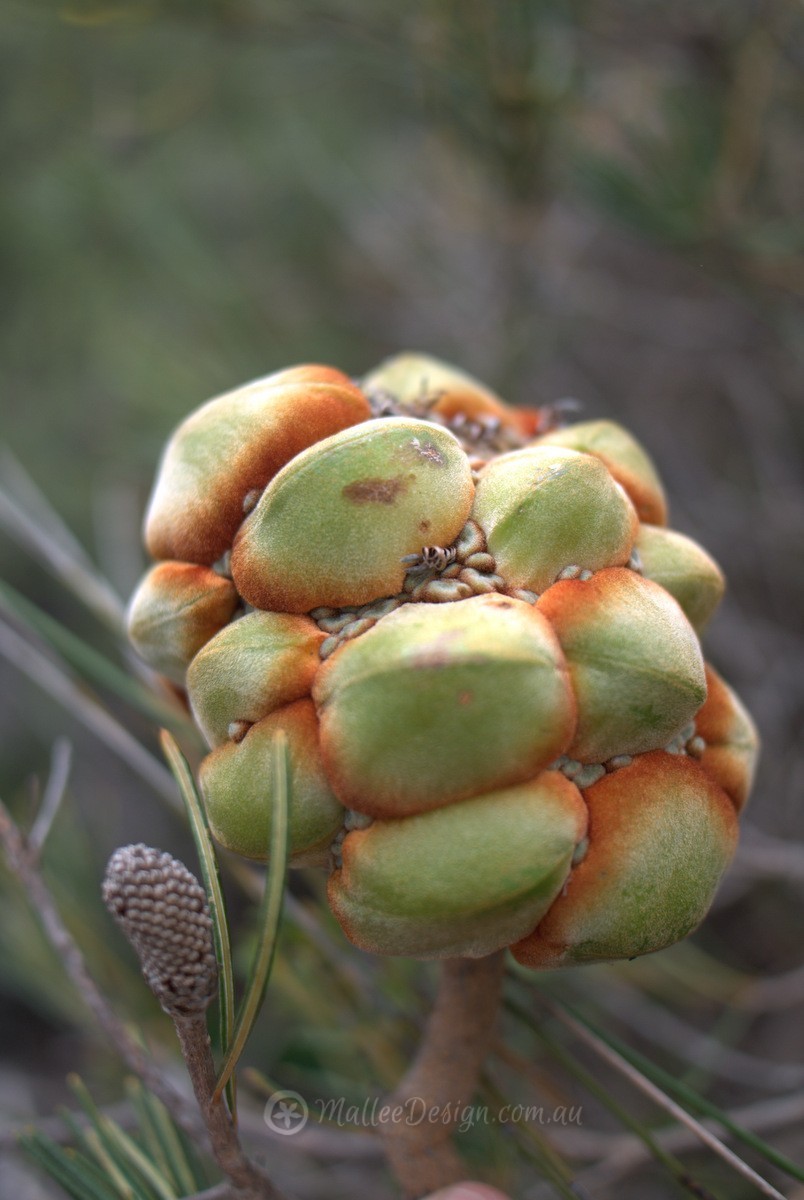
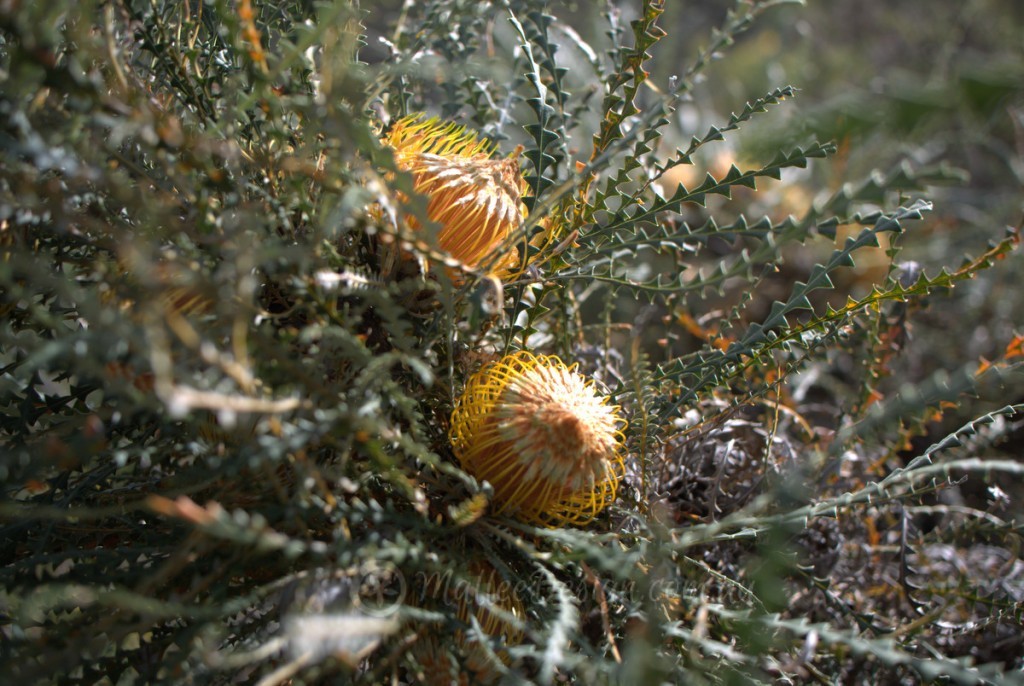
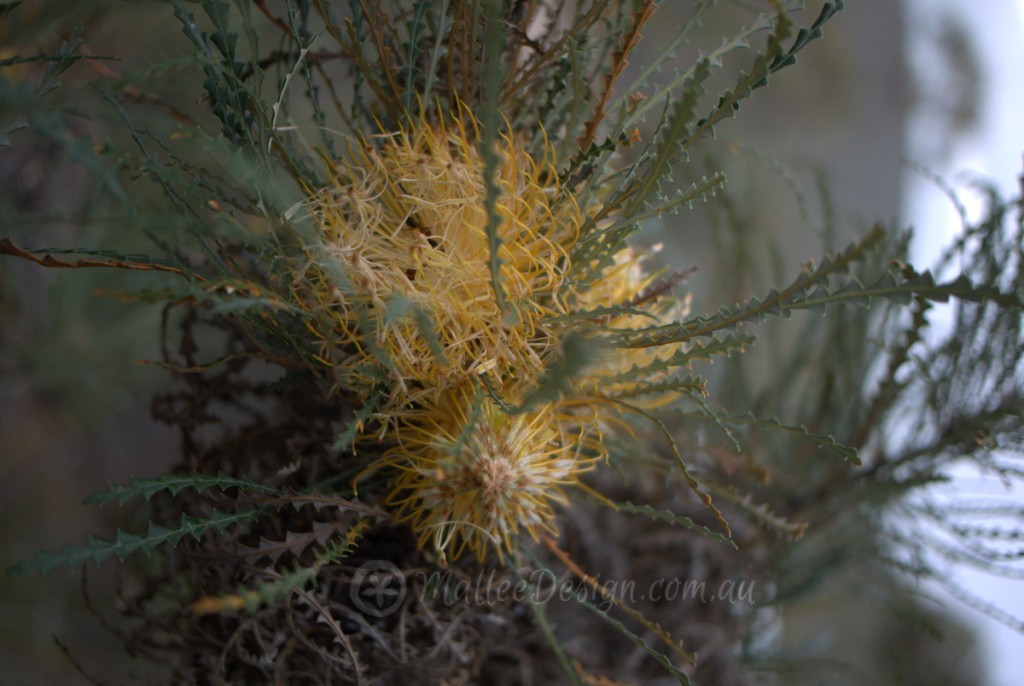

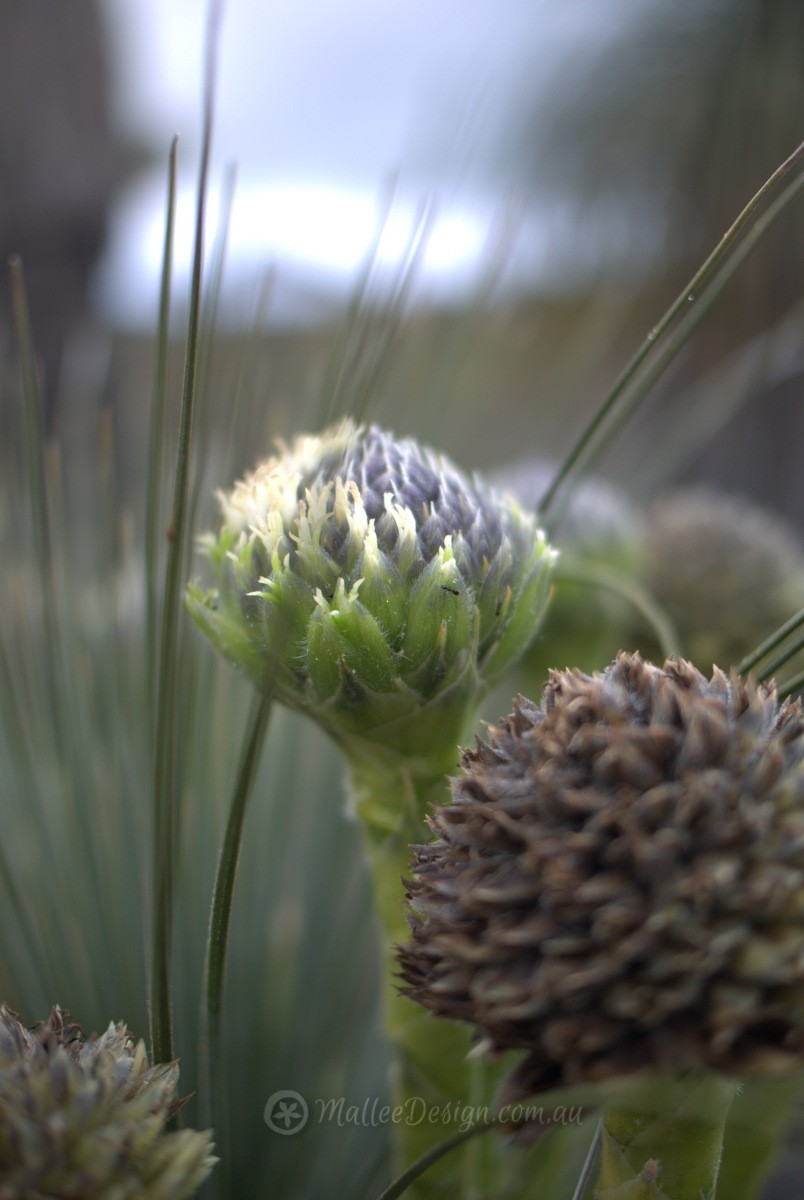
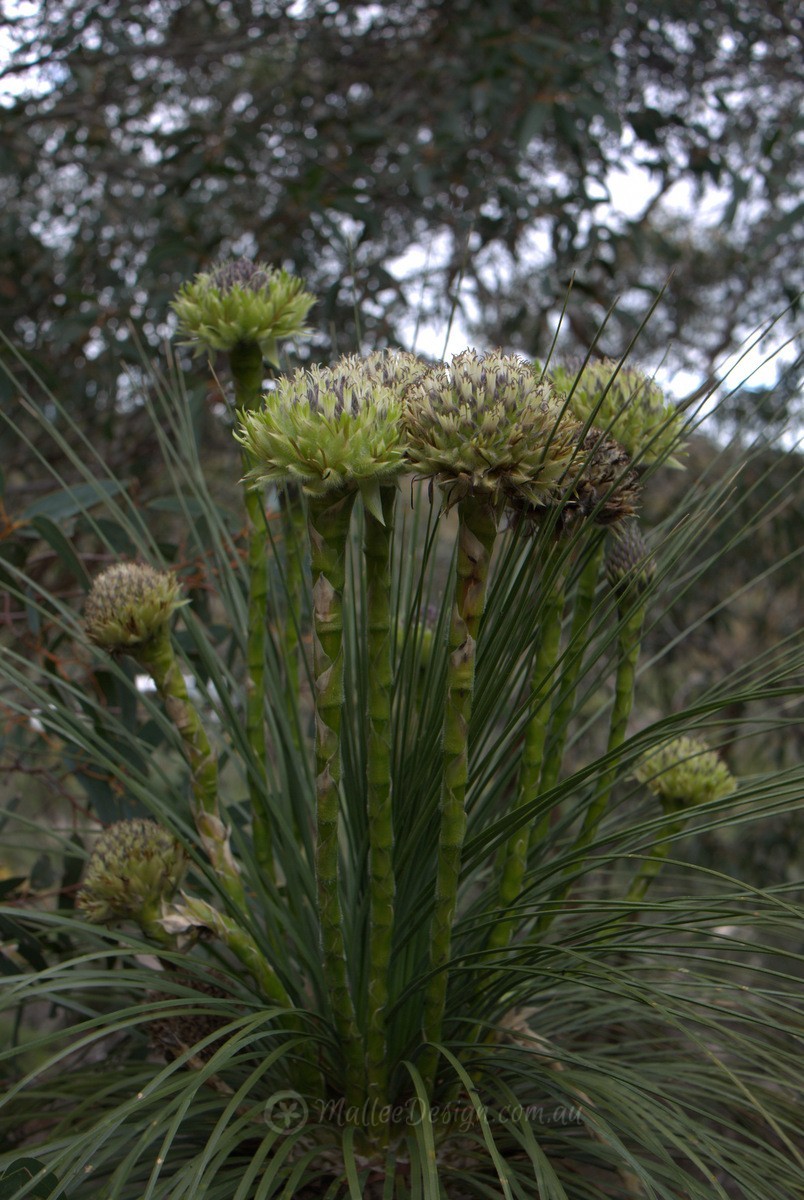
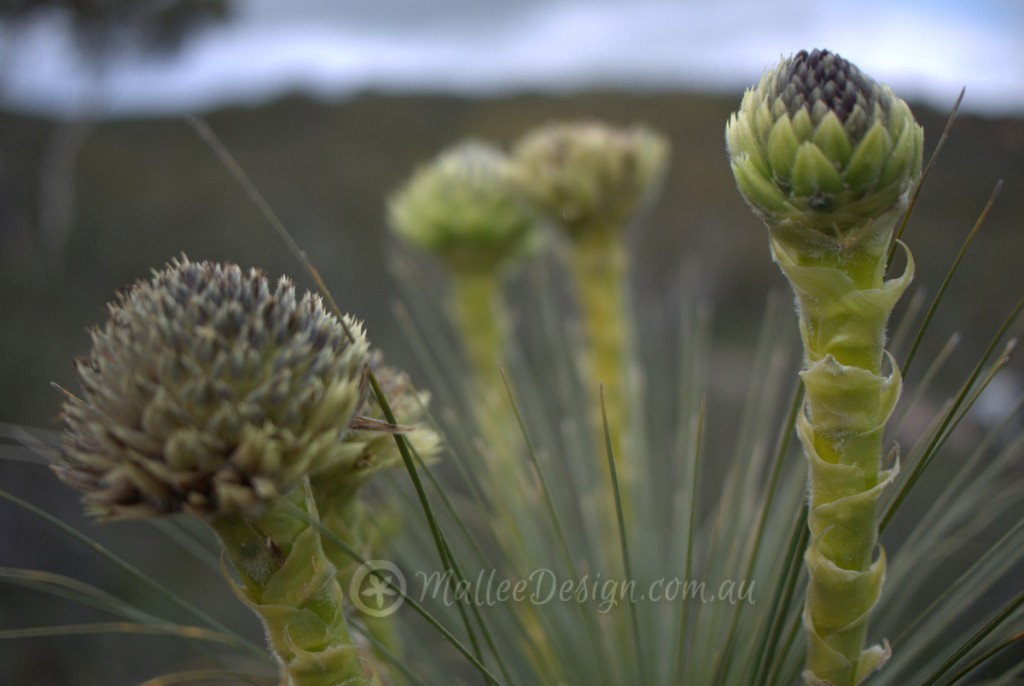

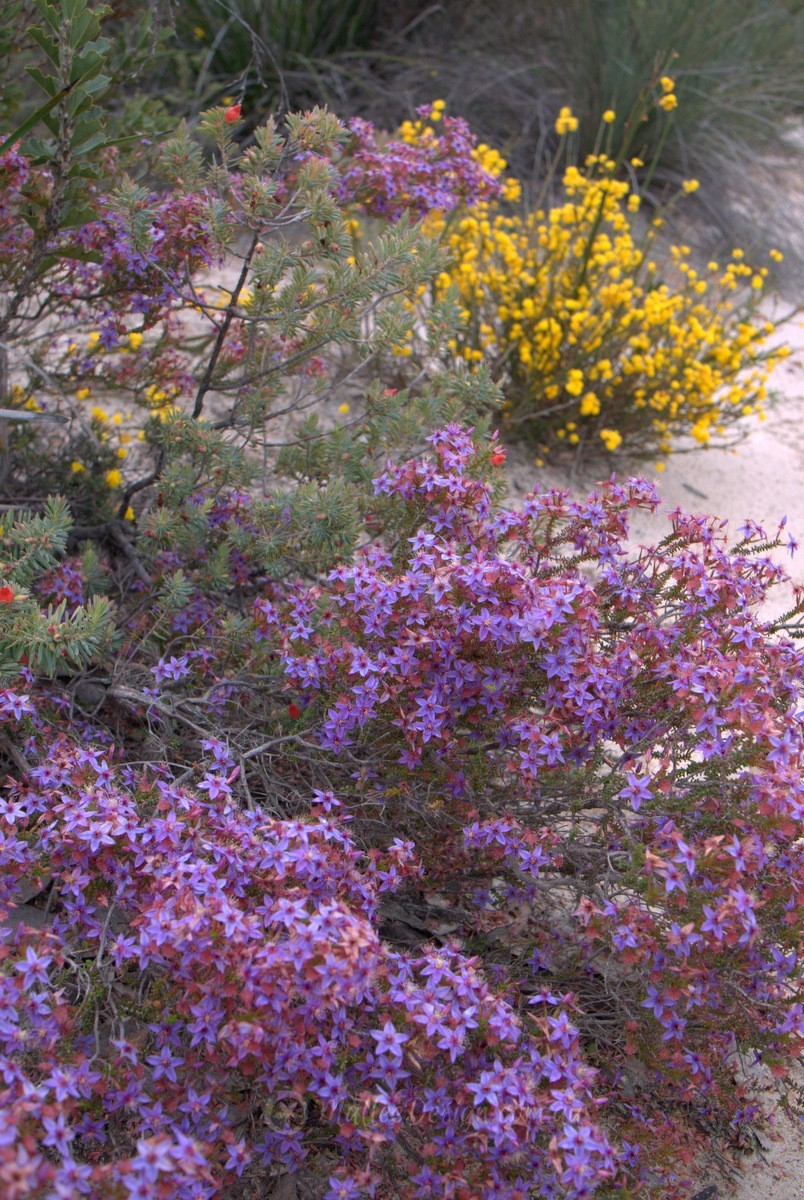
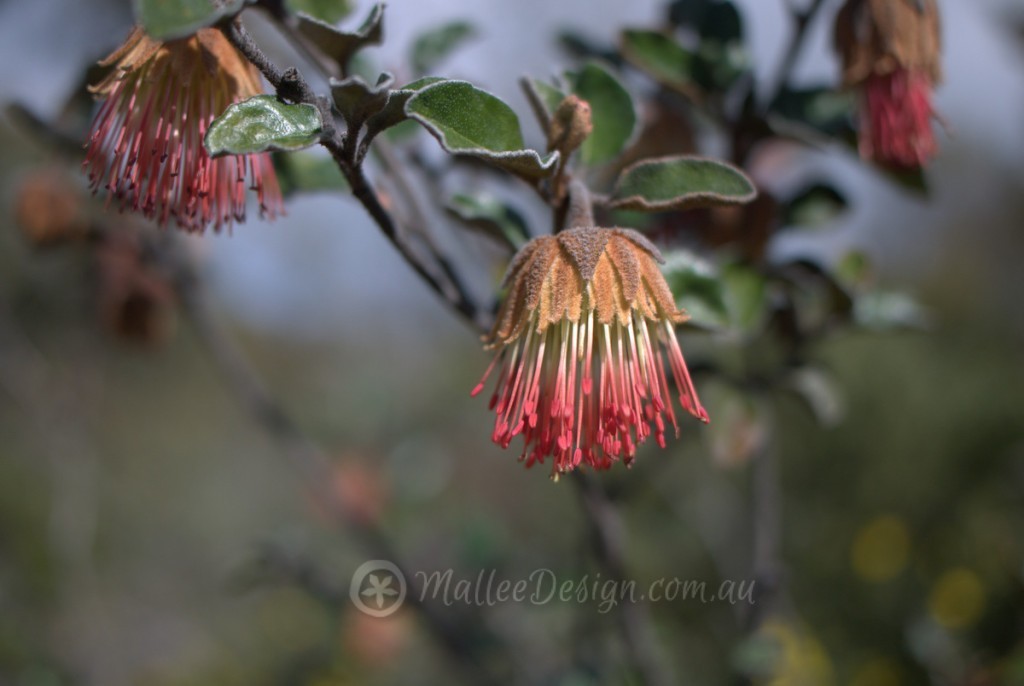

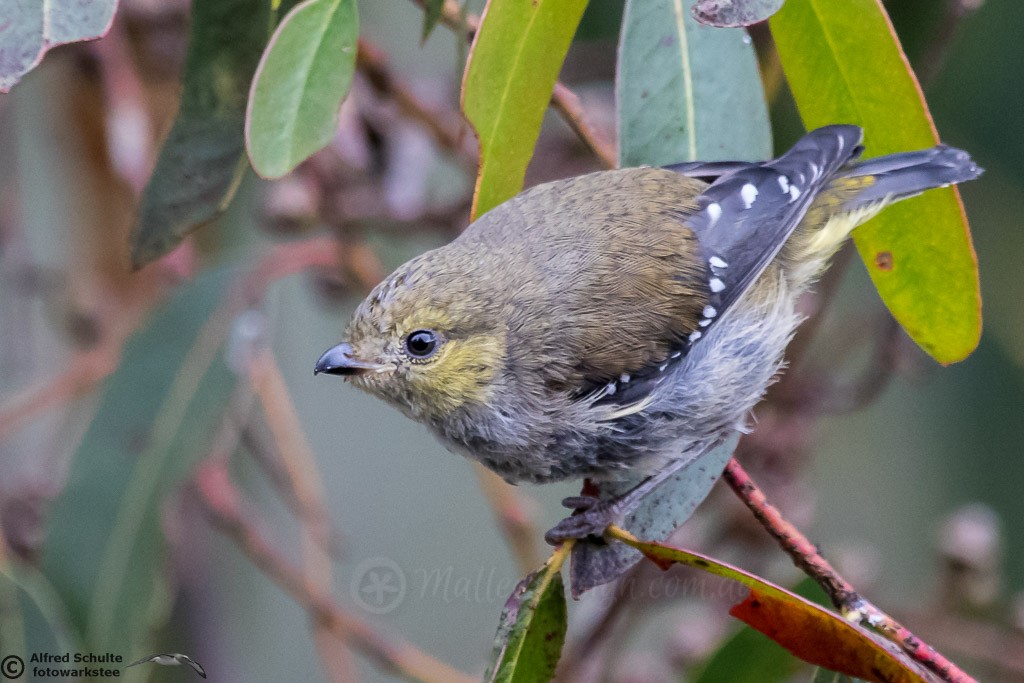
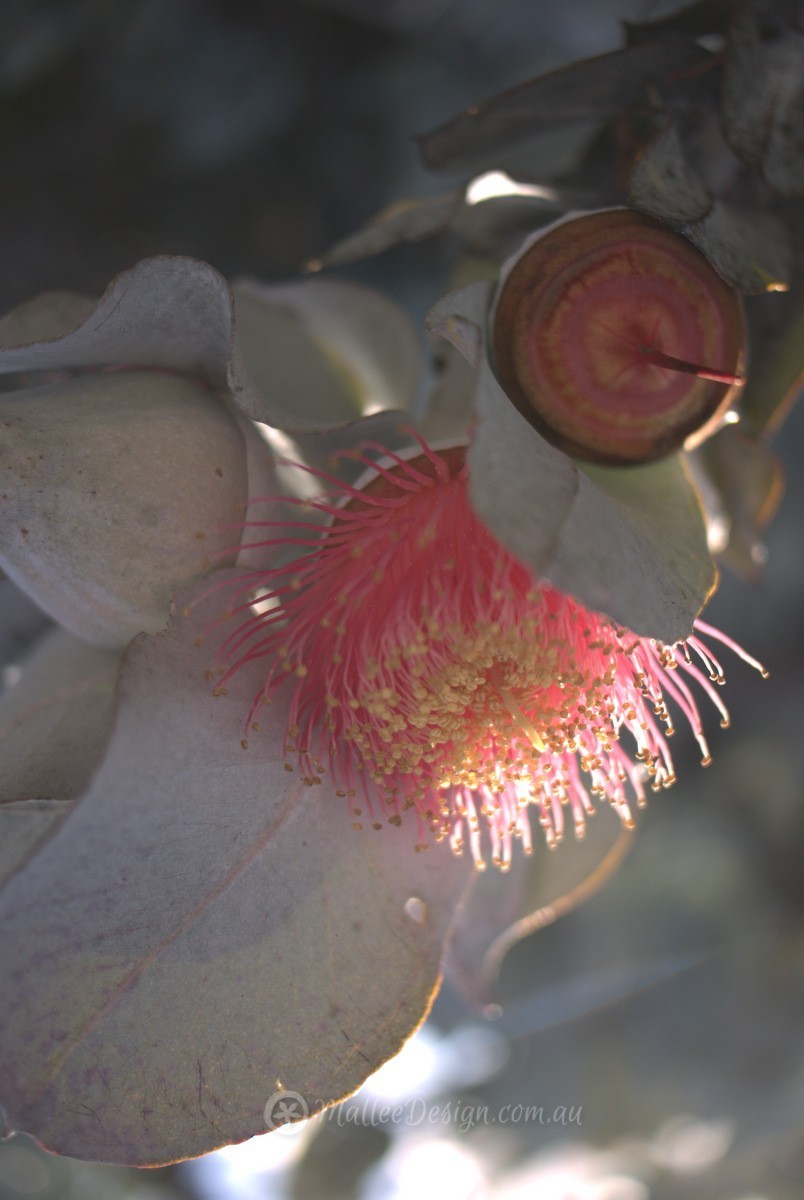
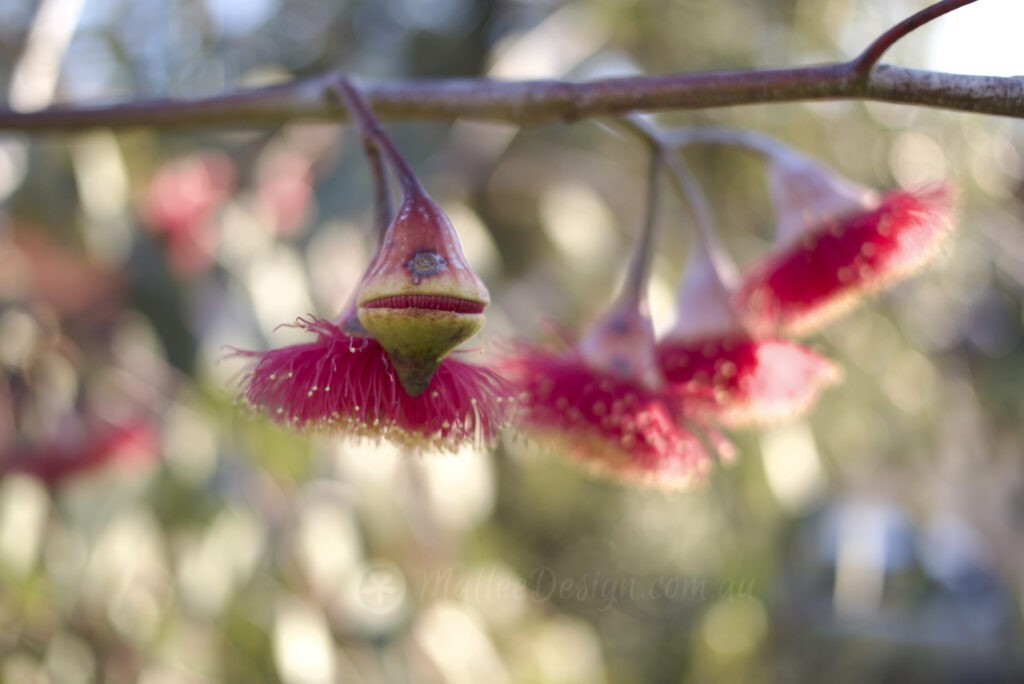
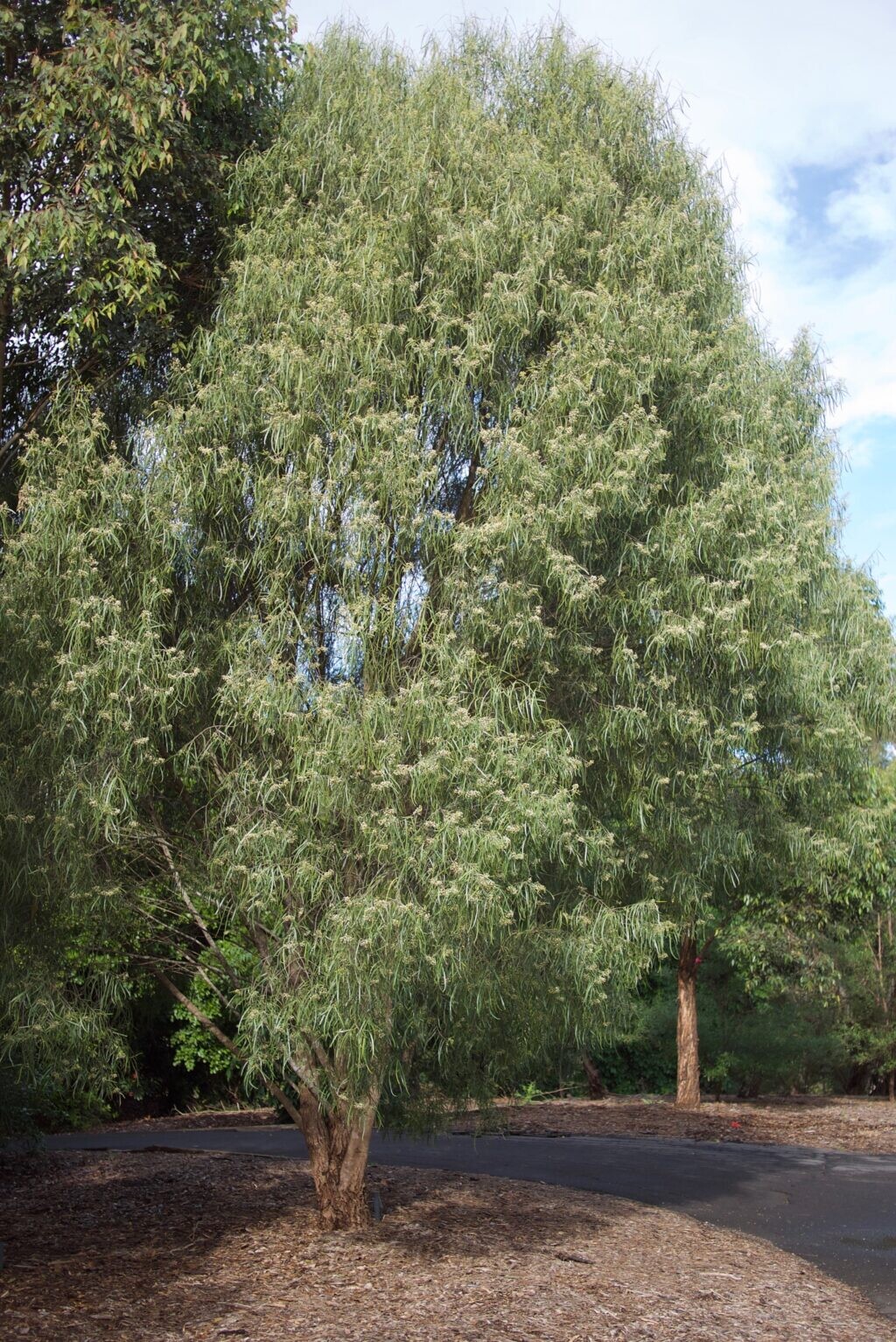
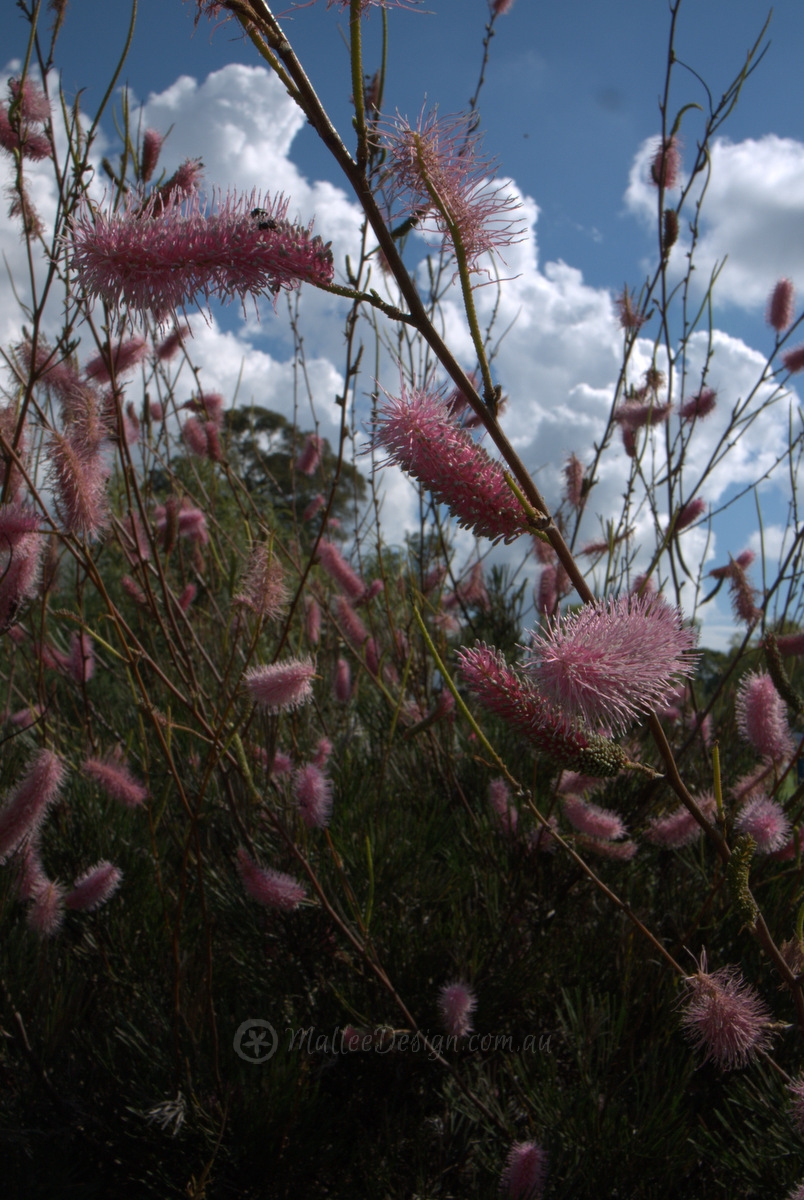
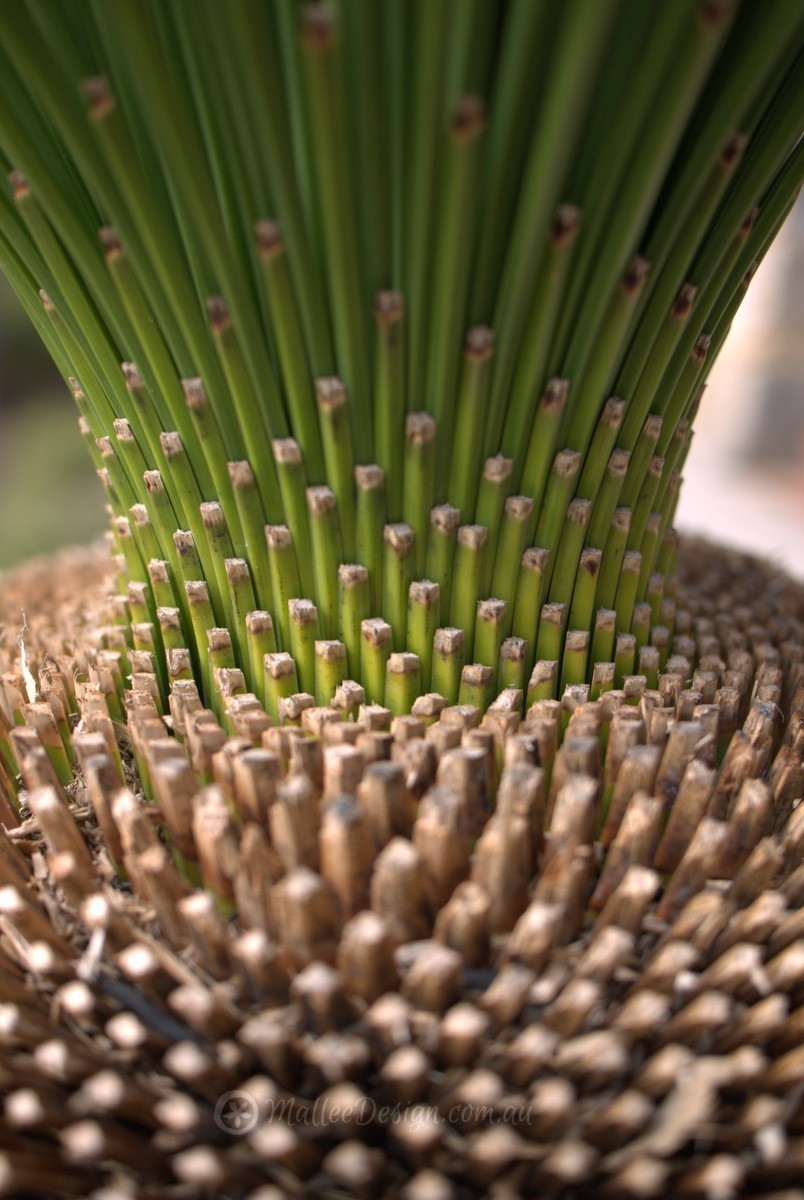
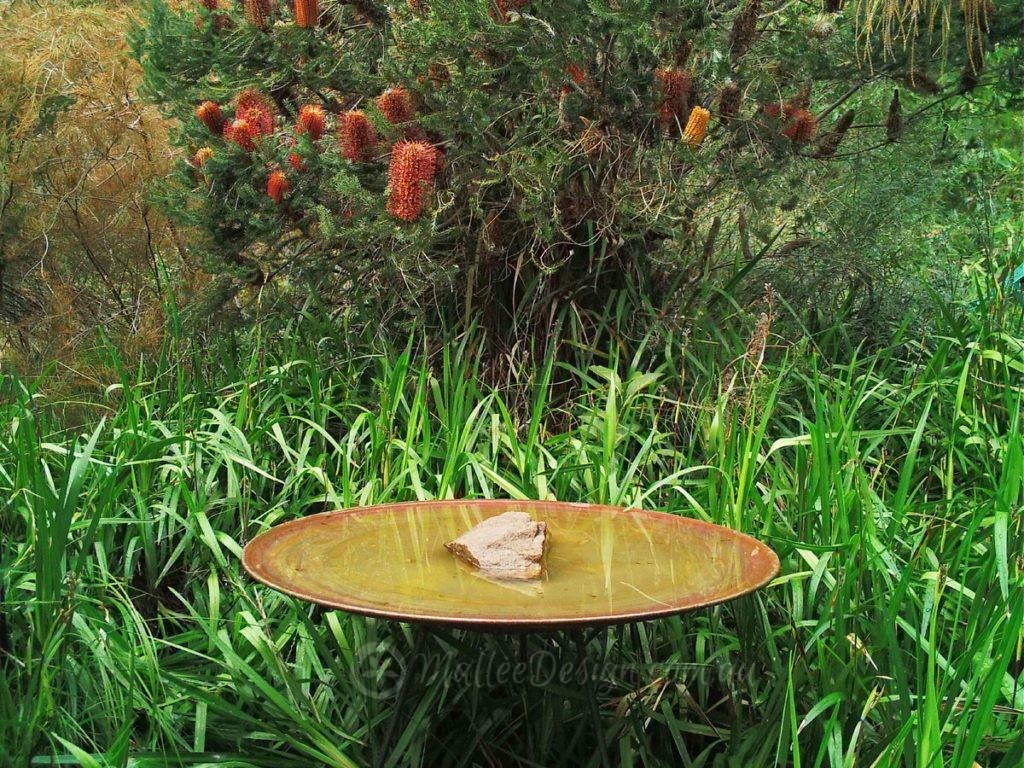
Leave a Reply